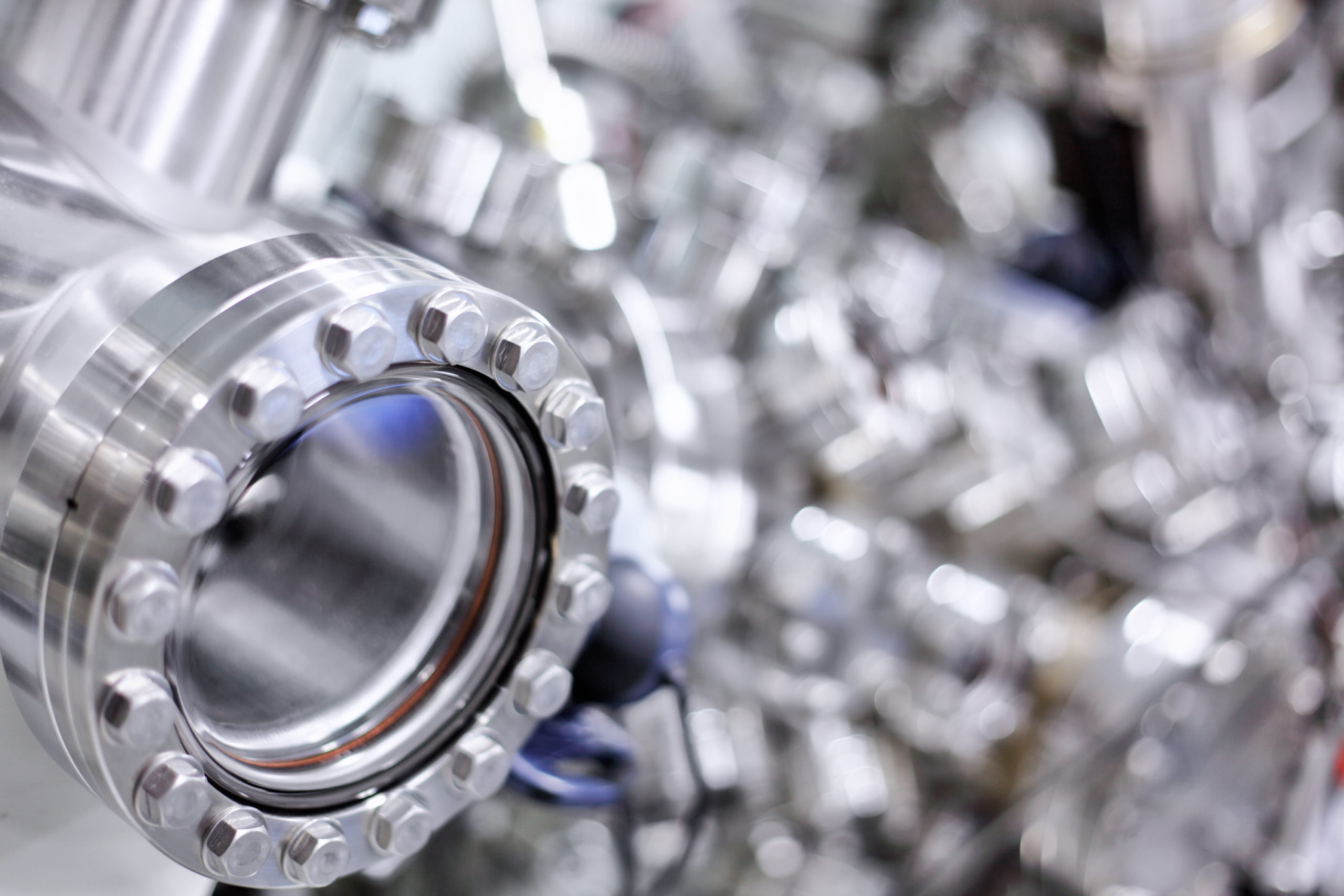Surface Chemistry

For further information and pricing, please get in touch with us.
The term surface, or interface, is used to describe the boundary between two different phases; a platinum catalyst and its operating environment, for example.
Surface chemistry plays a crucial role in catalytic mechanisms as catalysis can only occur at active sites on a catalyst’s surface. Characterising how specific molecules interact with surfaces under different conditions is subsequently vital to understanding the important underlying phenomena of catalytic reactions.
Related Products
Hiden Analytical supplies a wealth of analytical software packages and instrumentation for precision surface chemistry applications, helping researchers uncover various forms of catalytic adsorption on single metal crystals or ultra-thin films in high vacuum conditions.
Temperature Programmed Desorption
TPD is an extremely popular analytical technique used to investigate surface chemistry under ultra-high vacuum (UHV) conditions. It can be used to probe the kinetic parameters of catalyst surface reaction intermediates like concentration, site coverage, rate constants, and reactivity. Each of these can provide rich insights into specific reaction mechanisms, such as carbon monoxide (CO) desorption from iron (Fe) on graphene-based substrates.
Researchers are increasingly able to drill down towards the molecular level in heterogeneous catalyst research using methods like steady-state isotopic transient kinetic analysis (SSITKA).
Methane Oxidation
Reducing harmful emissions is one of the primary aims of next-generation catalysts. Complete methane oxidation is a priority as it could theoretically replace flame combustion, dramatically reducing the rates of nitric oxide (NOx), carbon monoxide, and non-oxidized hydrocarbon emissions into our atmosphere. SSITKA measurements can assist with research into complete methane oxidation via palladium and platinum – a promising process that has not been properly functionalised yet.
Hiden Analytical supplies a range of quadrupole mass spectrometry systems for fast event gas analysis at pressures near atmosphere; ideal for fast switching experiments like SSITKA analysis. Contact us to learn more.
Flyers
Posters
A TPD-MS Study of Novel Hydrogen Storage Materials
Application of Pd Catalysts for the Hydrogenation of Nitriles
Cathode Catalyst Degradation in PEM Fuel Cells
Gas Phase Hydrogenation of 1,3-Pentadine, an FTIR Study
New Mesoporous Silica Supported Nickel Catalysts for Biomass Conversion
Plasma Modification of Catalysts Using a Dielectric Barrier Discharge
Plasma Modified Nickel Catalysts for Biomass Conversion
Reaction of Steam and Methane over Novel YSZ-LaB6 Composities and Nickel-YSZ Cermets

